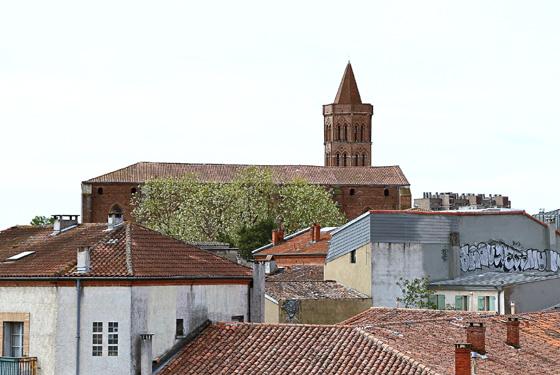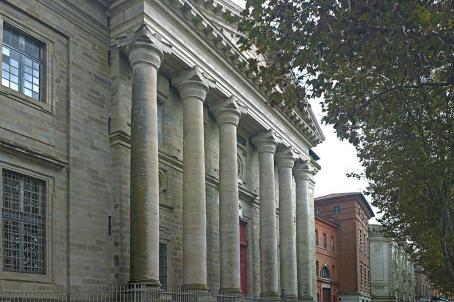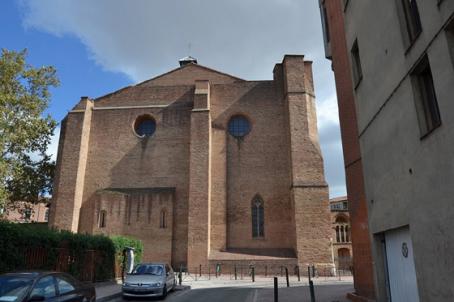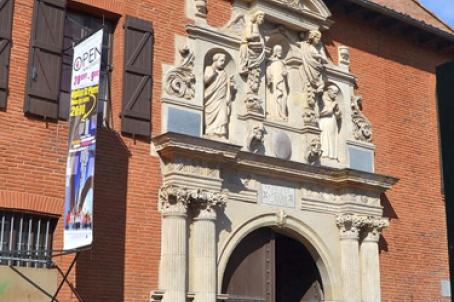Church of Saint-Nicolas
In the heart of the Saint-Cyprien district, the church of Saint-Nicolas is one of the finest examples of southern Gothic architecture of the 14th and 15th centuries. The history of this edifice is strongly marked by the floods that repeatedly devastated the Left Bank district of Toulouse. This is why the inhabitants chose Saint Nicolas, protector of sailors, as patron saint for their church, which was supposed to save them from sinking.
About this building
The quadrangular base of the bell tower, the windows at the height of the vaults, a capital serving as a base for a statuette at the corner of rue Bourdelle and Grande rue Saint-Nicolas (stolen in 1974), as well as a small carved and very mutilated stone embedded in the wall of the chapels on the same street, may date from the late 12th century church. In the second half of the 15th century the church was almost completely rebuilt. The work carried out during this period - in particular the construction of the vaults of the nave - is attributed to the architect Jean Constantin. The portal on the south side of the massive bell tower is part of this campaign.






